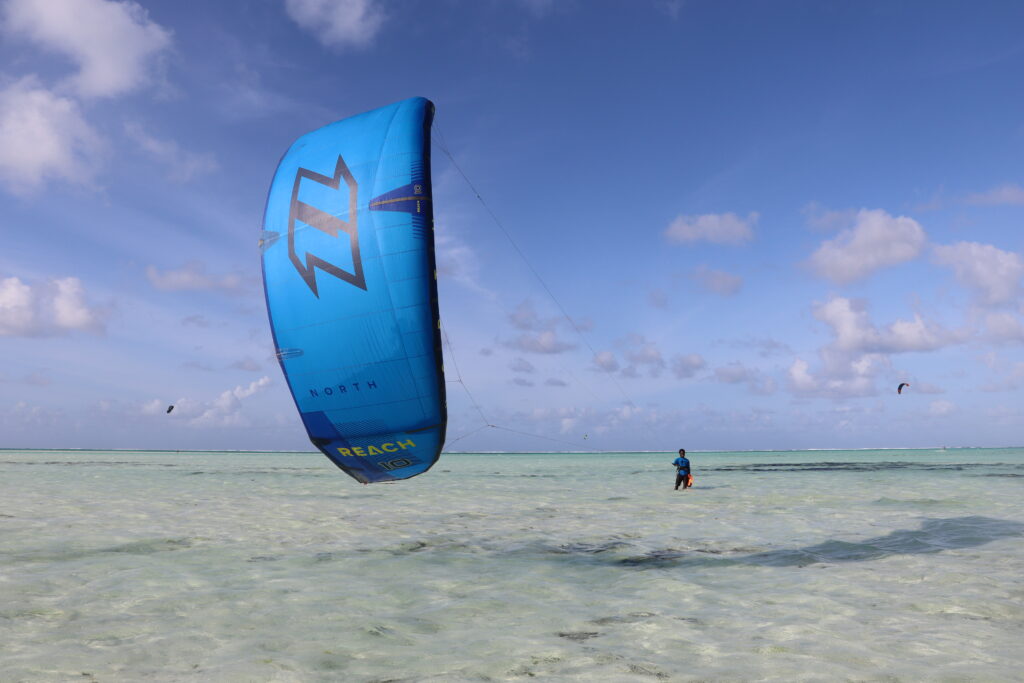Uncrowded Kite surfing Lagoon: Your Ultimate Guide
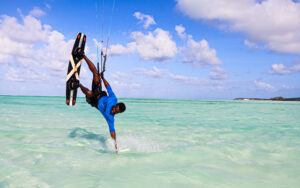
1. Introduction to Uncrowded Paje kite surfing Lagoon
1.1. Location and geographical features
Paje Lagoon is a hidden gem on the southeastern coast of Zanzibar, Tanzania. This beautiful stretch of turquoise water is bordered by powdery white sand beaches and lush palm trees. The lagoon’s shallow waters extend far out, creating perfect conditions for kitesurfing.
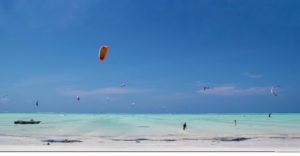
1.2. Climate and weather patterns
Zanzibar enjoys a tropical climate with warm temperatures year-round. The area experiences two rainy seasons: the long rains from March to May and the short rains in November and December. The best kitesurfing conditions typically occur during the dry seasons.
1.3. History and local culture
Paje village has a rich history rooted in fishing and seaweed farming. The local Swahili culture is warm and welcoming, with a laid-back vibe that perfectly complements the kitesurfing scene.
2. Kitesurfing Conditions at Paje Lagoon
2.1. Wind patterns and optimal seasons
Paje Lagoon is blessed with consistent trade winds, making it a kitesurfer’s paradise. The best winds typically blow from June to September and from December to March. During these periods, you can expect wind speeds of 15-25 knots, perfect for all skill levels. you can follow up the wind condition from the windguru
2.2. Water conditions and tides
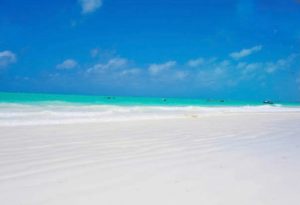
The lagoon’s crystal-clear waters are generally calm and flat, ideal for beginners and freestyle tricks. However, the outer reef can provide some wave action for more advanced riders. Tides play a significant role here, with low tide exposing large sandy areas and high tide offering more space to kite.
2.3. Beach characteristics and launch areas
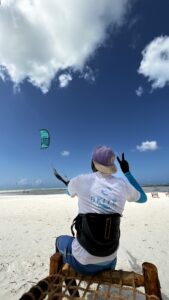
Paje’s wide, sandy beach provides ample space for setting up and launching kites. The beach is lined with palm trees, offering natural shade and a picturesque backdrop for your kitesurfing adventures.
3. Kitesurfing Equipment and Gear
3.1. Essential kitesurfing equipment
To get started, you’ll need a kite, board, harness, and safety gear. Don’t forget essentials like a wetsuit or rash guard, sunscreen, and plenty of water.
3.2. Recommended gear for Paje Lagoon
Given the warm water and air temperatures, a shorty wetsuit or even just board shorts and a rash guard are usually sufficient. Light, versatile kites work well in Paje’s consistent winds. and shallow kite surfing lagoon
3.3. Rental options and local shops
Bkite zanzibar kitesurfing schools offer equipment rentals. This is a great option if you’re traveling light or want to try different gear before buying your own.
4. Skill Levels and Learning Opportunities
4.1. Beginner-friendly aspects of Paje kite surfing Lagoon
Paje Lagoon is an excellent spot for beginners. The shallow, warm water and consistent winds create ideal learning conditions. The wide beach allows plenty of space for land-based instruction before hitting the water.
4.2. Intermediate and advanced kitesurfing challenges
For more experienced kiters, Paje offers opportunities to practice freestyle tricks in the flat lagoon or venture out to the reef for some wave riding. The consistent winds allow for long sessions to hone your skills.
4.3. Kitesurfing schools and instructors in the area
Several reputable kitesurfing schools operate in Paje, offering courses for all levels. Many instructors are multilingual and certified by international kiteboarding organizations.
5. Safety Considerations
5.1. Common risks and hazards at Paje kite surfing Lagoon
While Paje is generally safe, be aware of the strong currents that can occur, especially during tide changes. The reef can also pose a risk at low tide.
5.2. Safety guidelines and best practices
Always kite with a buddy, respect the right of way rules, and be aware of other water users. Check the weather forecast and tide times before heading out.
5.3. Emergency services and medical facilities
Paje has basic medical facilities near the kite surfing lagoon, but for serious emergencies, you may need to travel to Stone Town. It’s a good idea to have travel insurance that covers kitesurfing.
6. Safety on Learning Kitesurfing
6.1. Lodging options near Paje kite surfing Lagoon
Paje offers a range of accommodations, from budget-friendly guesthouses to luxurious beachfront resorts. Many places cater specifically to kitesurfers, offering gear storage and easy beach access.
6.2. Local restaurants and dining experiences
The village has a variety of dining options, from local Swahili cuisine to international dishes. Fresh seafood is a must-try!
6.3. Transportation and accessibility
Paje is about an hour’s drive from Zanzibar Airport. Many accommodations offer airport transfers, or you can take a taxi or local bus.
7. Environmental Conservation
7.1. Ecological importance of Paje Lagoon
Paje kite surfing Lagoon is home to diverse marine life and plays a crucial role in the local ecosystem. The area’s seagrass beds and mangroves provide important habitats for many species.
7.2. Sustainable kitesurfing practices
Be mindful of your impact on the environment. Avoid stepping on coral or seagrass, and always take your trash with you.
7.3. Local conservation efforts and initiatives
Several local organizations work to protect Paje’s marine environment. Some kitesurfing schools participate in beach clean-ups and conservation education programs.
8. Tide in Zanzibar
8.1. Other water sports available at Paje kite surfing Lagoon
Besides kitesurfing, Paje offers great conditions for windsurfing, stand-up paddleboarding, and snorkeling.
8.2. Land-based activities and excursions
When the wind isn’t blowing, you can explore nearby caves, visit a local spice farm, or take a trip to the Jozani Forest to see the rare red colobus monkeys.
8.3. Cultural experiences and local events
Don’t miss the opportunity to interact with locals, visit the village market, or participate in traditional Swahili cooking classes.
9. Summary
Paje Lagoon offers an incredible kitesurfing experience with its consistent winds, beautiful waters, and friendly atmosphere. Whether you’re a beginner or an expert, there’s something for everyone in this Zanzibari paradise.
10. Frequently Asked Questions
10.1. What is the best time of year to kitesurf at Paje
kite surfing Lagoon?
The best times are typically from June to September and December to March, when the trade winds are strongest and most consistent.
10.2. Are there any age or skill level restrictions for kite surfing at Paje
kite surfing Lagoon?
Most schools require students to be at least 12 years old. There are no upper age limits, and courses are available for all skill levels.
10.3. How can I contribute to preserving the natural beauty of Paje Lagoon?
Participate in local beach clean-ups, follow sustainable tourism practices, and support eco-friendly businesses in the area.

